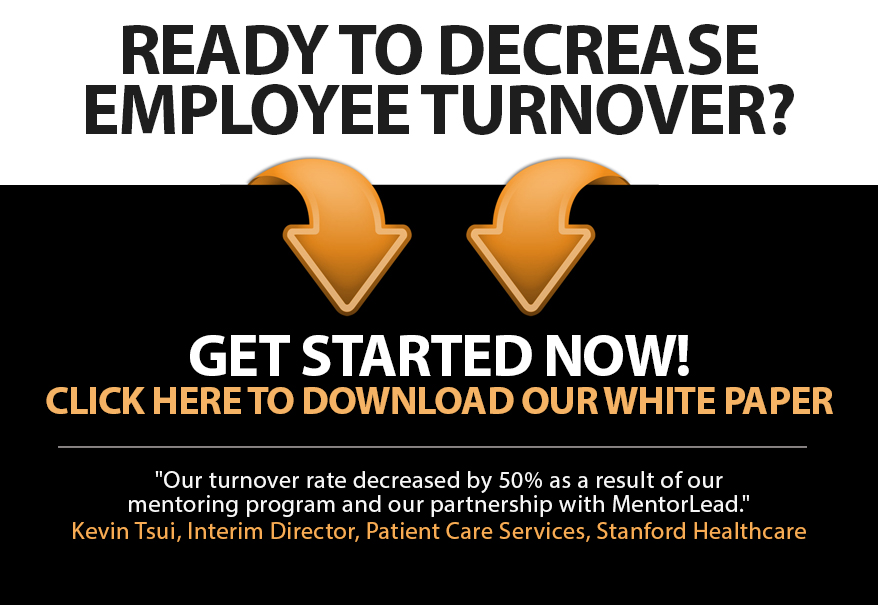
This Teenager Turned a Transaction into a Transformation
I was in The Art of Shaving store last weekend purchasing a gift when a teenager entered the store.
His face was clean shaven; his skin smooth, shiny and unblemished, even glowing; and he was beaming. Followed by an entourage of friends, the teenager made a beeline for John, the store manager.
In front of his friends and a crowd of customers, the teenager gave John a handshake and gushed, “Thank you so much. You changed my life.” A little surprised, John proclaimed, “I’m so glad it worked! Thank you for coming back to show me how great your face looks!”
With that, the gaggle of smiling, somewhat embarrassed teenagers and their beaming, clean shaven leader turned and shuffled out of the store.
With pride, John explained, “He was in here a couple months ago with razor burns, in-grown hair, and acne. I spent an hour teaching him how to shave, fitting him with the right razor, and finding a product that would help his skin.
” Reflecting on this rare moment, John admitted, “That just made my night.”
Everyone in the store felt fortunate to have witnessed this exchange.
The teenager went out of his way to appreciate John, who had gone out of his way to mentor him. John could have just sold the teenager a razor and some lotion. And the teenager could have taken John’s advice and never returned.
Instead they each turned a simple transaction into a transformation. How?
- Empathy and compassion
- Shared advice and guidance
- Acknowledgement and appreciation
- Purposeful connection
- Trust
Whether it’s a purchase, a conversation, or a meeting, we always have the opportunity to shift a transaction into a transformation… simply by asking, “Is this the biggest difference I can make with this person in this moment?”







